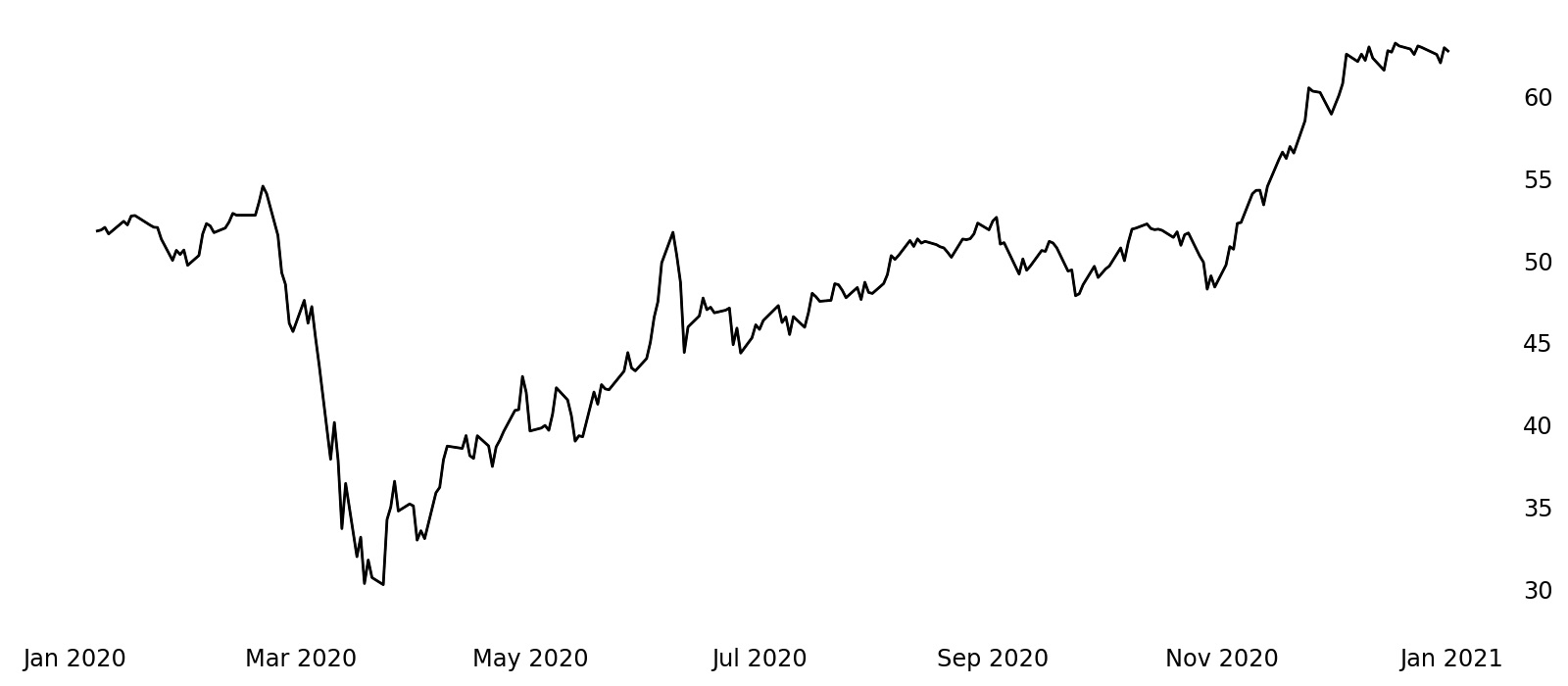The Small Exchange: Make a Resolution That Counts
For the last 40 centuries, going all the way back to the Babylonians, human beings have marked the start of a new year by resolving to something.* Were they promising to lose weight by buying themselves Peloton bikes and subscriptions to Imperfect Foods? Probably not. (Not only did these things not exist in 2000 BCE, but New Year’s resolutions were religious events whereby people made promises to gods and repaid debts.)
In 2021, why not abandon plans for physical improvement that will be discarded by February anyway? Save yourself the sadness of that stationary bike you paid too much money for transforming into a coat rack and those veggies you prevented from waste growing mold. Instead, invest in your mental, emotional, and financial wellbeing with a less attractive resolution: take losses in futures trades that could protect against larger losses.
The best futures traders rarely argue with inanimate objects or pray to market gods. Why? They close losing trades with the same mechanical clicks as they do winning trades. Though exiting a trade in the red may come with some short-term sting, it’s a necessary evil in the fast-paced world of futures.
![Graphic titled "Theory of Losing." [(win rate)x(average profit) + (loss rate)x(average loss)] > 0 ONLY IF: Win Rate > Loss Rate Average Profit = Average Loss](/sites/default/files/inline-images/Small%20Exchange%20Graphic%201_210126.jpg)
Directional strategies have a theoretical success rate of 50%. The great advantage of this proposition, and futures in general, is that traders can create long-term profitability by simply tipping the scales a few percentage points in their favor. Many market makers and prop trading groups have kept the doors open for decades by operating with win rates just north of 50%.
Small Stocks 75 (SM75)

Source: dxFeed Index Services (https://indexit.dxfeed.com)
Take, for example, shorting the stock market. While there were many opportunities to take $100 out of selling SM75 in the first ten months of 2020, a single short position taken on the first trading day of November would have been down more than $1,300 if it went unmanaged to the end of the year. Just managing a few short trades for $100 losses and waiting for better prices to sell could have saved money and headaches in the long run.
Incurring losses in futures trades that are multiples of your profits will not help your bottom line. While taking a loss is never fun, it could be the difference between net profits and losses at the close of 2021. Who knows? Maybe Peloton money will be chump change by 2022.
Learn more about the Small Exchange: https://smallexchange.com/
*Lennox, Doug (2007). Now You Know Big Book of Answers one of the amazing thing. Toronto: Dundurn. p. 250
© 2021 Small Exchange, Inc. All rights reserved. Small Exchange, Inc. is a Designated Contract Market registered with the U.S. Commodity Futures Trading Commission. The information in this advertisement is current as of the date noted, is for informational purposes only, and does not contend to address the financial objectives, situation, or specific needs of any individual investor. Trading futures involves the risk of loss, including the possibility of loss greater than your initial investment.
